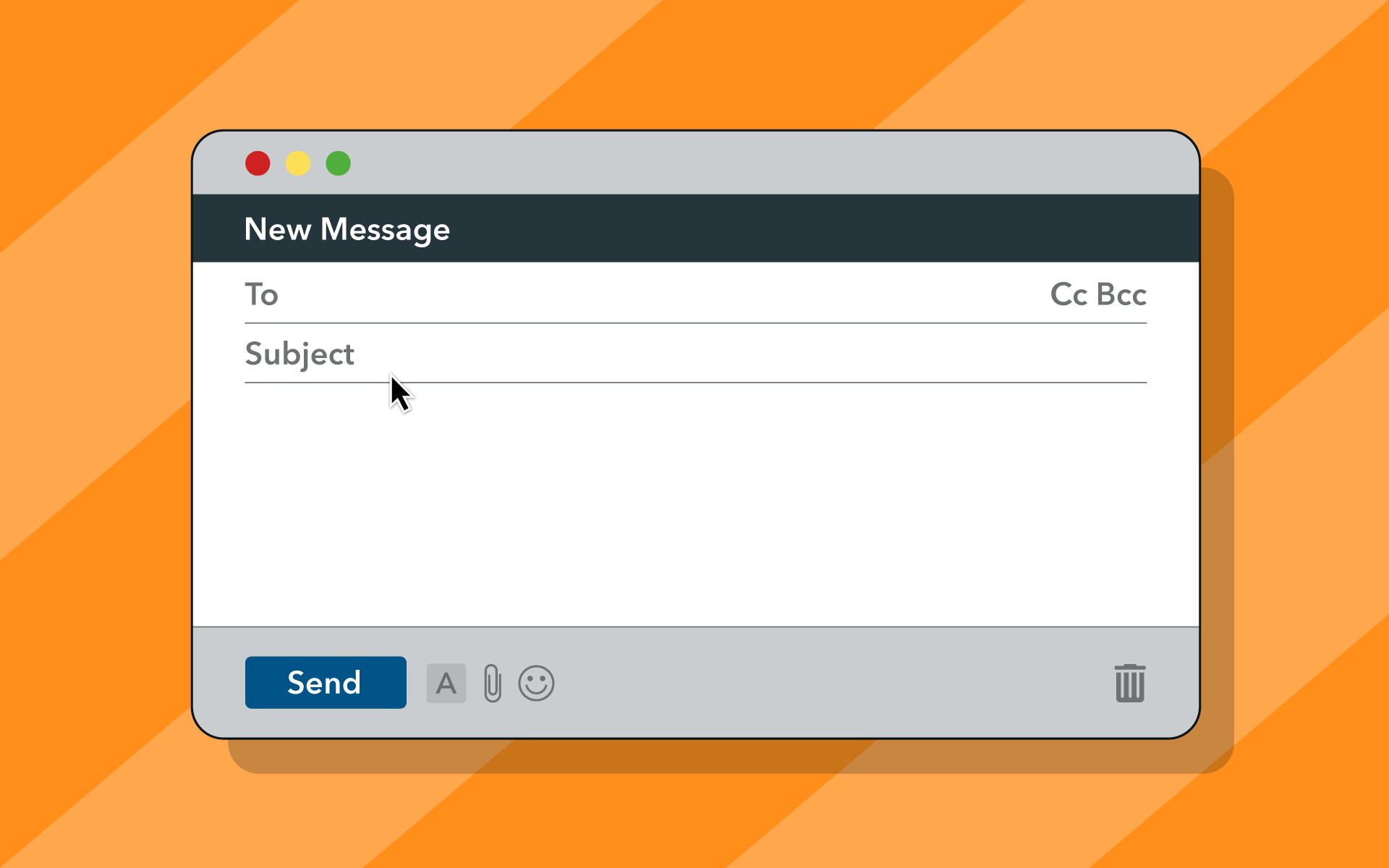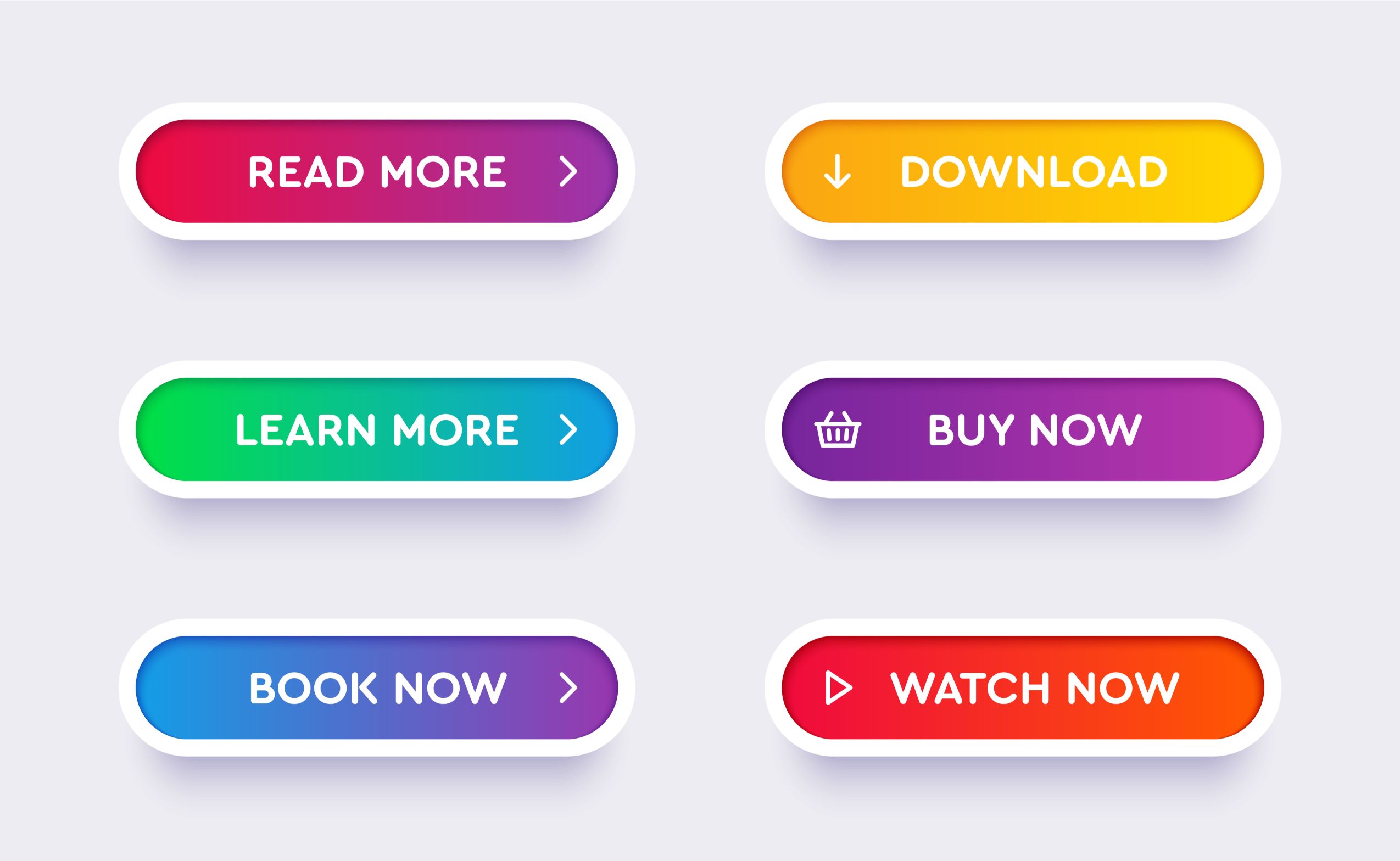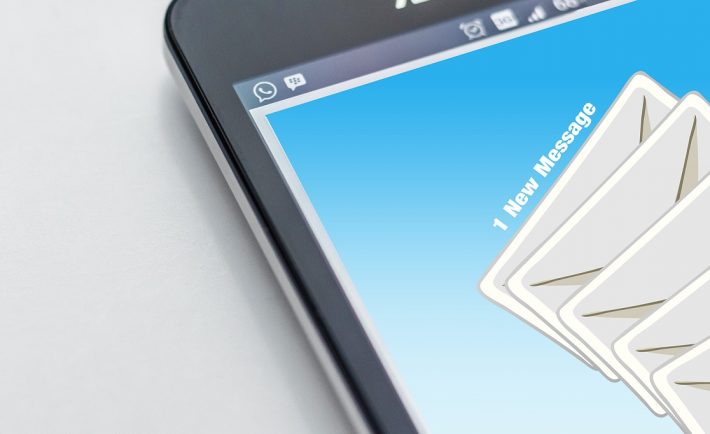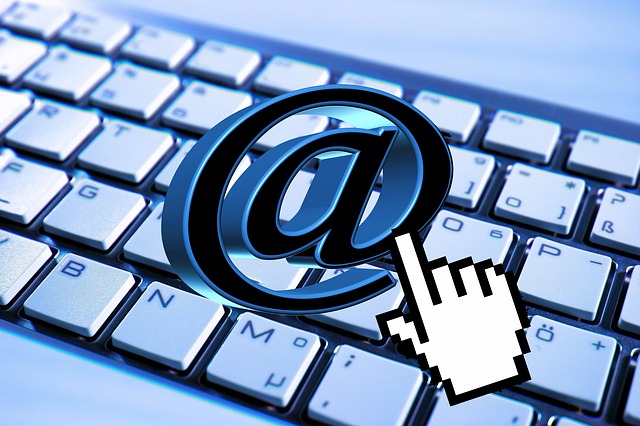Are you spending time crafting marketing emails that just aren’t getting the results you want? If so, it may be time to add a few new elements to your writing strategy.
When it comes to crafting great marketing emails that convert, there’s more at play than just killer copy. There are certain design elements, psychology tactics, and even the timing of your send that can make or break your email’s success.
In this article, we will show you how to write winning marketing emails that guarantee increased returns on investment (ROI). We will share our best tips for constructing marketing emails that engage readers and entice them to click on your call-to-actions (CTAs).
Writing an effective subject line for marketing emails

Image Credits: online.berklee.edu
Let’s be honest, you’re not the only one sending emails to your customers. That means your subject line has to be good enough to stand out in their inbox.
When it comes to writing effective subject lines for marketing emails, there are a few tried and true tactics that can help. First and foremost—keep it succinct.
You want readers to be able to get a sense of the content from just glancing at the subject line. Additionally, try incorporating personalization into your subject line—addressing the reader by name is proven to make them read further and stick around longer, increasing ROI. So, if you have the subscriber’s first name, make sure you use it!
Also, make sure you include context in your subject line to pique curiosity and motivate readers to engage with your email. Ask yourself: will readers know what my email is about just by reading the subject line? If not, you will need to provide some more information within the line itself.
Crafting your email body for maximum engagement
Once you have someone’s attention, the next step is to whet their appetite by giving a taste of what they can expect in the body of your email.
Keep it punchy and focused on addressing their needs; your reader should be able to quickly identify the benefits they can gain from reading further.
When crafting the body of your email, keep it brief yet detailed enough to provide the necessary information. Short and sweet wins non-converting subscribers. While there’s no exact word count that ensures success, aim for no longer than 150 words. This keeps your emails succinct and avoids overwhelming readers with too much information.
Use language that resonates with your ideal customer persona, focus on providing value, and pay attention to results by linking out or tracking clicks. Above all, make an effort to avoid typos and grammatical mistakes—these small things can make or break an email campaign.
Tips for creating more effective CTA buttons

Image Credits: bigdcreative.com
So, how do you make sure your CTAs stand out? Here are a few tips to get you started:
- Start CTAs with a verb
Verbs help to guide your audience down the right path and make sure they know exactly what they should be doing! For example, you can use “Watch now” or “Learn more today”.
- Use multiple CTAs
It’s not enough to just have one CTA button in place. You should aim for multiple CTAs, as this will give your readers more options and opportunities to act. Try one at the start of the email, then again at the end for good measure.
- Keep CTA copy short and succinct
No one likes wading through paragraphs of copy when trying to navigate their way around an email. Keep it as concise as possible and make sure it’s actionable and informative enough so that it leaves no doubt as to what will happen when they click on it.
- Use vibrant colors for CTA buttons
CTA buttons should stand out from the rest of your content. Choose bright colors that contrast against white backgrounds and draw attention. A customer’s eyes should effortlessly flow from the text of your email to the CTA button without skipping a beat!
- Optimize the unsubscribe process
There are bound to be a few people on your contact list who decide your emails aren’t for them—and that’s okay. Make sure they have an easy way to unsubscribe by including an ‘unsubscribe’ button in a prominent spot at the bottom of all your emails. This will help keep maintain satisfaction from the user’s end. You never know when they might subscribe again.
Writing great marketing emails that generate leads is a skill set that takes practice. It’s important to understand the nuances of email design and its psychology to be successful in email marketing. While there’s no single formula for success, having a good understanding of your audience’s needs and crafting emails that deliver value and motivate them to take desired actions are key. By taking the time to create emails specifically tailored to your target audience and refining your email copywriting skills, you will be one step closer to achieving the ROI you seek for your campaigns.



